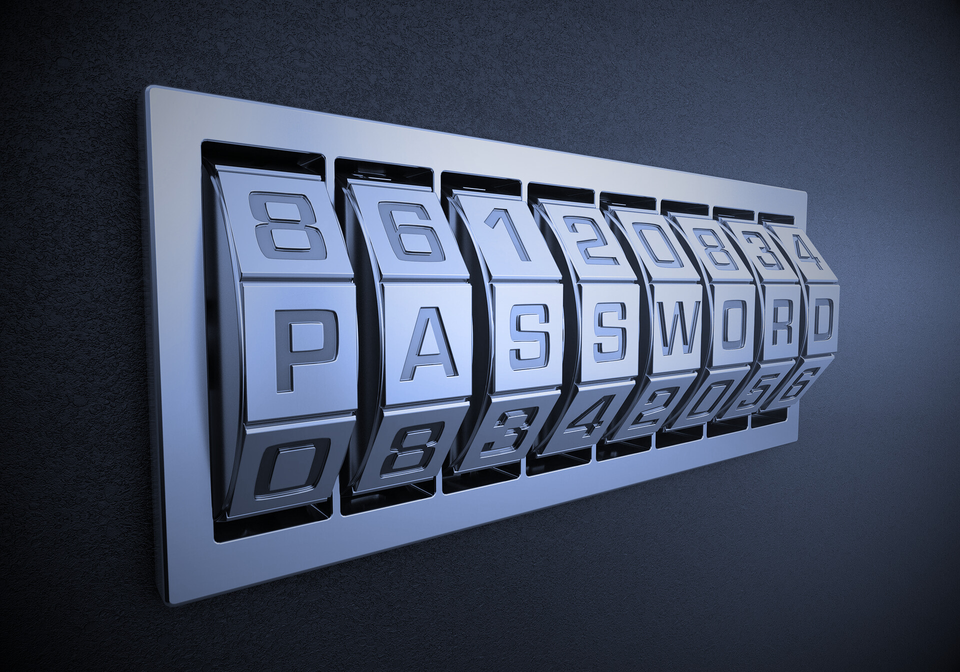Keep to the Path, Refined Articulation, Check and Keep Checking, Mining Mayhem, Tossing Tokens, Strategy Games, and Smoother Operators. It's CISO Intelligence for Monday, 7th July 2025.
Don't forget the breadcrumbs, a better class of comments, loose ends are never a good thing, advanced play, tried and trusted vs newer and more convenient, who needs to know what, and getting a leg up.

Table of Contents
- Navigating the Maze - IEC/ISA 62443-3-3:2013 Cybersecurity Compliance
- ChatGPT Gets Plugged In: A Deep Dive into New Connectors
- Subdomain Takeovers: When Your Website's "What-Ifs" Become "What Now?!"
- Crypto Mining Chaos: Exposed JDWP Interfaces, The Miner Menace!
- Token Talk: Are Hard Tokens Still Holding Up the Fort?
- The Risky Business of Information Management
- Google's AI Video Jukebox: Crooning with Code
Navigating the Maze - IEC/ISA 62443-3-3:2013 Cybersecurity Compliance
Because navigating complex standards is like solving a Rubik's cube... blindfolded.
What You Need to Know
The IEC/ISA 62443-3-3:2013 standard establishes a framework for industrial control systems (ICS) cybersecurity. It is aimed at identifying the security levels of control systems and establishing systems’ requirements to ensure safety and operational integrity. Executives must understand the implications of this standard for ensuring compliance and reducing cyber risks. They should ensure their teams are familiar with the requirements, which will likely necessitate revising system architectures and security operations.
CISO Focus: ICS Cybersecurity Compliance
Sentiment: Neutral
Time to Impact: Short (3-18 months)
The Roadmap to Compliance: IEC/ISA 62443-3-3:2013
In the ever-evolving landscape of cybersecurity, where industrial control systems (ICS) are indispensable and increasingly vulnerable, the IEC/ISA 62443-3-3:2013 standard emerges as a critical guideline. This set of requirements acts as a lifeline for organizations looking to fortify their ICS against cyber threats. But what exactly does this standard entail, and why should organizations care?
Unpacking IEC/ISA 62443-3-3:2013
First and foremost, IEC/ISA 62443-3-3 establishes a comprehensive framework for ICS cybersecurity. Its primary goal is to determine the necessary security levels for control systems by defining the components that need safeguarding and the prerequisites for a secure operational environment. This standard does not merely address security at a high level; it delves deep into specifics such as access control, use control, system integrity, data confidentiality, and timely response to events.
Why It Matters
Given the critical importance of ICS in sectors like energy, manufacturing, and water treatment, a cybersecurity breach could have catastrophic consequences, ranging from operational disruption to physical harm. Compliance with IEC/ISA 62443-3-3 is not just about ticking a box—it's about safeguarding critical infrastructure, maintaining trust, and ensuring uninterrupted operations.
Key Highlights of the Standard
-
Security Levels: The standard outlines four security levels that range from SL1 (least secure) to SL4 (most secure), each providing varying degrees of protection against potential threats.
-
Foundational Requirements: It specifies foundational requirements for functional properties, such as:
- Identification and authentication
- Use control
- System integrity
- Data confidentiality
- Restricted data flow
- Timely response to events
- Resource availability
-
Zones and Conduits: The framework advises on structuring systems into secure zones and conduits to restrict information flow and access, minimizing exposure to threats.
-
Tailored Implementation: Rather than a one-size-fits-all solution, the standard encourages organizations to adapt their cyber defenses according to their risk assessments, making it more efficient and relevant.
What’s Next for Organizations
Organizations are expected to align their cybersecurity strategies with the guidelines set forth by IEC/ISA 62443-3-3. This might involve overhauling existing systems architectures, revisiting security policies, and conducting thorough risk assessments to identify vulnerabilities. A significant aspect of implementing the standard successfully is maintaining a culture of cybersecurity awareness within the organization, which includes continuous training and assessment of system integrity.
Tying Loose Ends with the Perfect Bow
Adhering to IEC/ISA 62443-3-3:2013 is akin to assembling a perplexing puzzle—demanding but ultimately rewarding. Organizations that fully integrate this standard position themselves as industry leaders in cybersecurity, gaining a competitive edge and reinforcing stakeholder confidence. As more organizations gravitate towards digitalization, those avoiding comprehensive standards like IEC/ISA 62443-3-3 may find themselves lagging, like a tortoise in a hare race, in their security posture.
Vendor Diligence Questions
- How does your solution support compliance with IEC/ISA 62443-3-3:2013, particularly concerning ICS security levels?
- Can you provide case studies or customer testimonials that demonstrate successful deployment of your products in an IEC/ISA 62443-3-3 compliant environment?
- What additional services or support do you offer to ensure ongoing compliance and system updates?
Action Plan
- Risk Assessment: Conduct a comprehensive risk assessment focused on ICS and identify areas vulnerable to cyber threats.
- Policy Review and Update: Ensure security policies align with the IEC/ISA 62443-3-3 standards, including authentication, data confidentiality, and response protocols.
- Training and Awareness: Develop a continuous training program for staff to ensure ongoing compliance awareness and understanding of the standard.
Source: What is IEC/ISA 62443-3-3:2013? Cybersecurity & Compliance | UpGuard


